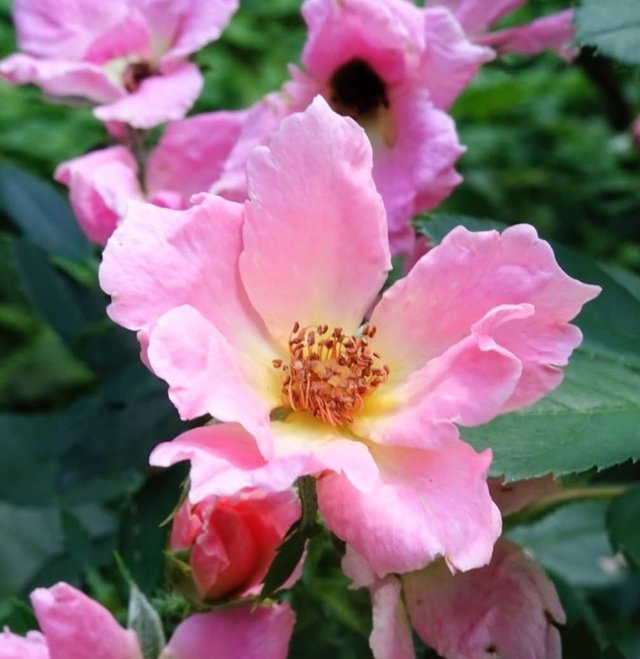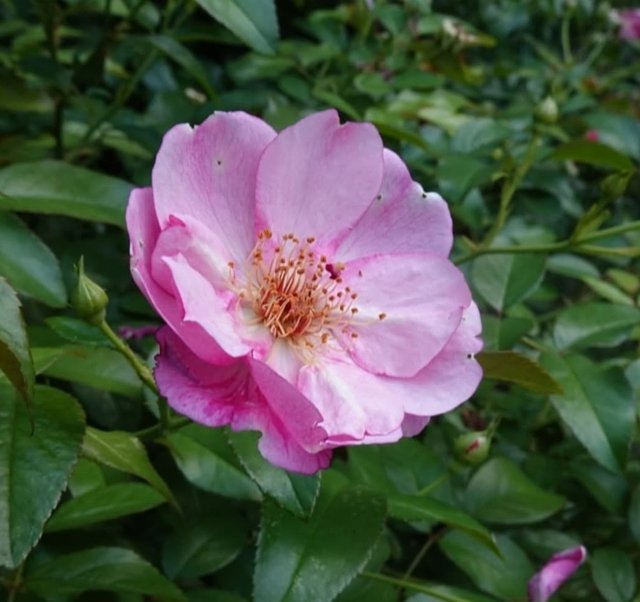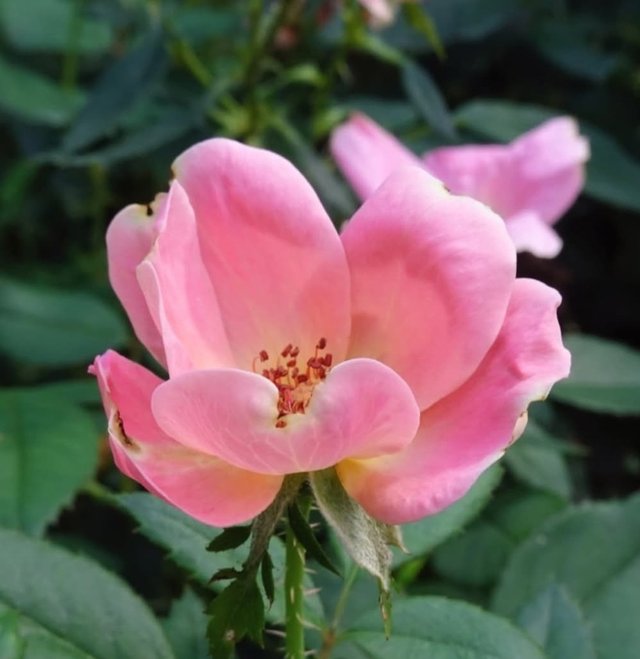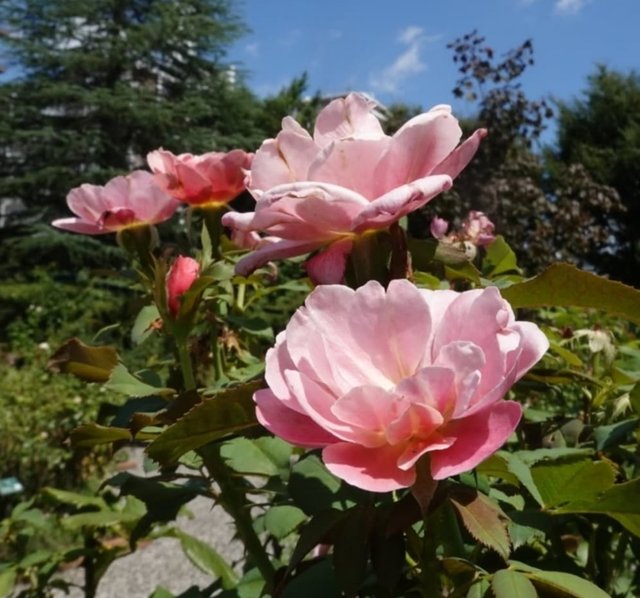Pink Colour Beach Rose Flower
Beach Rose: A Coastal Beauty with Rugged Charm
The Beach rose is a hardy, salt-tolerant flowering shrub that thrives along coastlines and sandy soils. Native to eastern Asia—particularly Japan, Korea, and parts of China—this plant has naturalized in many regions around the world, especially in North America and Europe, where it often lines beaches and dunes. Its resilience, striking blooms, and ecological benefits make it a favorite among gardeners, landscapers, and nature lovers.
Appearance and Characteristics
Beach roses are deciduous shrubs that can grow up to 4–6 feet tall and wide. Their most distinguishing features include:
Blooms: Large, fragrant, and often pink or white flowers with five delicate petals. The blossoms have a classic wild rose look and can appear from late spring through early fall, often in multiple flushes.
Leaves: Dark green, glossy, and heavily textured with a wrinkled appearance—hence the name Rosa rugosa. In autumn, the foliage often turns yellow to orange-red, adding seasonal interest.
Hips: Bright red, tomato-like rose hips form after flowering. These fruits are rich in vitamin C and remain on the plant through winter, providing food for birds and visual appeal against snowy landscapes.
Stems: Thorny canes provide a natural barrier, making it useful as a hedge or erosion control plant.
Ideal Growing Conditions
Beach roses are among the toughest rose species. They tolerate salt spray, sandy soils, drought, and strong winds, making them ideal for coastal environments. Key growing tips include:
Sunlight: Full sun ensures abundant blooms.
Soil: Well-drained, sandy, or loamy soil is perfect. They can adapt to poor soils but dislike waterlogged conditions.
Watering: Once established, they are drought-tolerant, but young plants need regular watering.
Pruning: Minimal maintenance is required. Pruning in late winter or early spring helps control shape and encourages new growth.
Landscaping Uses
Beach roses are popular in landscaping for their rugged beauty and versatility:
Coastal Gardens: Perfect for stabilizing dunes and preventing erosion due to their deep root systems.
Hedges and Borders: Dense growth and thorns make them excellent natural fences or privacy screens.
Pollinator Gardens: Their fragrant flowers attract bees, butterflies, and other pollinators.
Winter Interest: The bright hips remain colorful even after frost, adding year-round visual appeal.
Ecological and Cultural Importance
The rose hips of Rosa rugosa are not only ornamental but also edible. They have been used traditionally for teas, jams, jellies, and even natural remedies rich in antioxidants and vitamin C. In some coastal regions, beach roses are considered important for wildlife, providing shelter for small mammals and food for birds.




%20(9).jpeg)